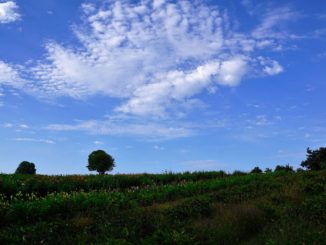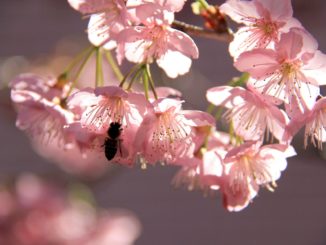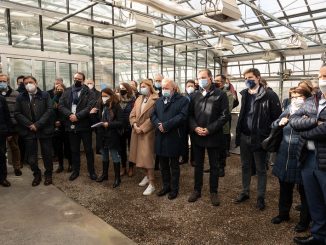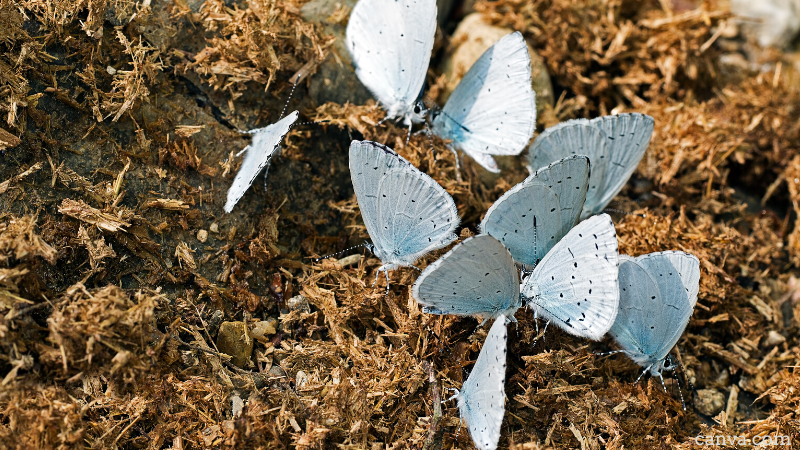
The Nature Restoration Law, tasked with creating legally binding targets and national plans for the restoration of different ecosystems for every Member State, is facing pushback. Concerns over the scope and scale of it, as well as exaggerations or errors from experts, have left confusion. ARC2020 correspondent Ashley Parsons takes a closer look at how the law is being presented and interpreted.
Rocking the Foundations
A cornerstone of the EU’s Green Deal, and presented by Commissioner Frans Timmerman in June, the Nature Restoration Law has an overarching objective of area-based restoration measures on 20% of the EU land and sea area by 2030.
In some countries, the law would scale up existing efforts, like those linked to rewilding, replanting forests, creating greener cities, or reducing pollution. The law would not necessarily create more protected areas, but would focus on improving all ecosystems, including managed forests and agricultural land. (Annexes to the proposal for a Regulation on nature restoration here if you want to go for a deep dive).
However it’s had a rocky reception in some places already.
In Ireland, a representative of Copa-Cogeca group, Niall Curly gave what turned out to be misleading and incorrect witness evidence to the members of the Joint Oireachtas Committee for Agriculture on October 5th. This Committee sits in the Irish parliament (called the Dáil). During and after the evidence, this appearance led to some local political and farming consternation, including in the Irish Parliament itself that day, where a number of politicians were animated by what they heard.
Curly has since “humbly apologised for misleading” the Irish Parliament. And in the Netherlands, Associate professor food & agricultural policy at Wageningen Jeroen Candel spoke out on the failure of the Dutch parliament to protect the non-deterioration requirement in the lax.
For Peat’s Sake Ireland
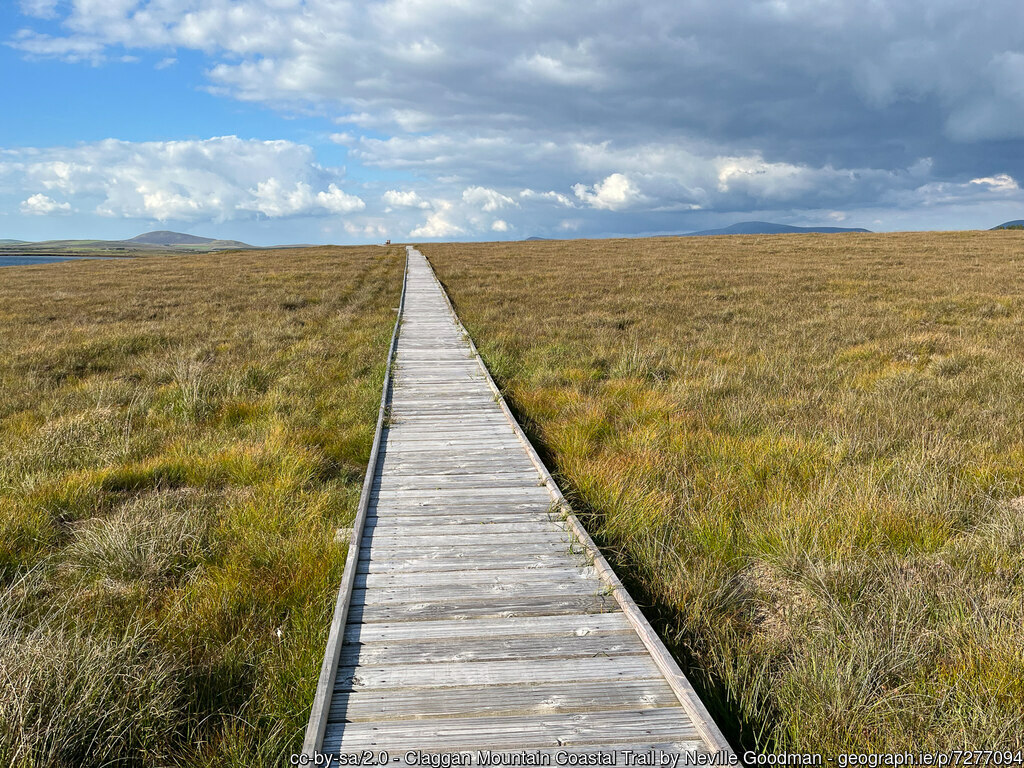
Ireland is a country which has had a significant peat extraction industry for decades. This is slowly winding down, but there is still relevant landscape and industry. Along with this, there are drained peaty soils which farmers manage.
It was this potential impact of the Nature Restoration law on the ability of farmers to farm their agricultural land which caused such an outcry in October meeting in Ireland. Many were left with the impression that there was a huge new risk to small farmers’ livelihoods, following the intervention by the COPA COGECA representative.
In a letter to the clerk of the joint Oireachtas Committee for Agriculture, MEP for Ireland South Mick Wallace found Curly’s “alarming” presentation to have “numerous statements about the Commission’s proposal that were fundamentally incorrect.”
Wallace is on the European Parliament’s Environment and Public Health Committee.
In the presentation, Curly stated that, “Only 20% of the total target can be taken up by the land being rewet by Bord na Móna”
Bord na Móna is the Irish agency that has managed peat extraction as a fuel source in Ireland for decades. It is not directly involved in farming.
According to Wallace, “The point being made by Mr Curly here was that the restoration of drained, excavated peatlands by Bord na Móna could only contribute up to a maximum of 20% of the target for restoration of drained peatlands under agricultural use according to the Commission’s proposal.”
Curly, later in the proceedings, doubled down on his insinuation that the target objectives would relieve farmers of their land: “That 20% will be done straightaway, the fulfilment of that overall target… Bord na Mona’s land will fulfil that target automatically”.
Wallace pointed out again in his letter that “It is fundamentally incorrect based on the Commission proposal. (…) the Commission places no limit at all on the amount of land under peat extraction that can be counted towards the agricultural ecosystem target.”
Finally, Wallace addresses the percentage of agricultural lands that shall be rewetted: “Mr Curley repeatedly referred to rewetting 70% of drained agricultural peatlands as a target for 2050. There is no such target in the Commission’s proposal. The target is for half of the 70% to be rewetted, in other words, 35%.”
This information is based on Article 9 in the proposal, part 4, points A, B, C:
- For organic soils in agricultural use constituting drained peatlands, Member States shall put in
place restoration measures. Those measures shall be in place on at least:
(a) 30 % of such areas by 2030, of which at least a quarter shall be rewetted;
(b) 50 % of such areas by 2040, of which at least half shall be rewetted;
(c) 70 % of such areas by 2050, of which at least half shall be rewetted.
Wallace’s letter adds (own emphasis)
“Member States may put in place restoration measures, including rewetting, in areas of peat extraction sites and count those areas as contributing to achieving the respective targets referred to in the first subparagraph, points (a), (b) and (c).
In addition, Member States may put in place restoration measures to rewet organic soils that constitute drained peatlands under land uses other than agricultural use and peat extraction and count those rewetted areas as contributing, up to a maximum of 20%, to the achievement of the targets referred to in the first subparagraph, points (a), (b) and (c).”
It is noteworthy that the Copa-Cogeca representative has since apologised for his incorrect statements. In a letter, (- find it here: 2022-11-16correspondence-niall-curley) Curley said “I withdraw my remarks” adding “my intention was to inform and to build understanding of the law, and in truth I have done the opposite through my testimony on this issue. I accept my mistake, and hope you can accept my apology”.
However, as is the nature of these things, the news may well have made more of an impact than the retraction.

The Netherlands in (Nitrogen) Crisis
The law is facing push back in other Member States as well. In the Netherlands, where a nitrogen crisis primarily caused by the scale of intensive, export-driven agriculture is the root cause of many degraded natural sites, including Natura 2000 sites, the Dutch parliament voted in mid-October to reject the non-deterioration requirement in the law.
Jeroen Candel, Associate professor food and agricultural policy at Wageningen tweeted:
https://twitter.com/JeroenCandel/status/1583064214390059010
The motion’s text (found here) translated from Dutch:
noting that the EU is preparing a new Nature Restoration Regulation;
whereas this includes a deterioration ban for all areas outside Natura 2000 and therefore also for greenery in towns and villages;
whereas this could have disastrous legal consequences for housing, infrastructure and energy transition in the Netherlands;
Calls on the government to make every effort to remove this ban on deterioration in the Nature Restoration Regulation, so that the Netherlands does not become locked in further in the field of housing, infrastructure and energy transition,
Speaking to ARC, Candel said that, “the minister (Christianne van der Wal) of Agriculture, Nature and Food Quality has argued that the adoption of the non-degradation requirement in the Nature Restoration Law would result in a further jurifidication of nature conservation. The Netherlands is already struggling with protecting Natura 2000 areas. The Nature Restoration Law would mandate the government to also protect natural areas, including agricultural ecosystems, outside of these Natura 2000 areas.”
In the note on the 30% conservation improvement target under the strategy referenced in the Nature Restoration law, how species and areas are selected for improvement seems to be largely up to Member States.
According to Candel, “A majority of Parliament is afraid that this would put the economy under further pressure. Their line of reasoning was mainly the requirement that Member States also have to set a target on the amount of greenery in urban areas, and that this would make any building infrastructure project very difficult. I think they misinterpreted these requirements because it says you can still decrease urban greenery in some parts if you compensate it elsewhere, as long as the net balance is positive. But that’s definitely not how they interpreted it.”
The resolution was presented by the BBB, in English “The Farmers-Citizen Movement,” which has been gaining support from the Christian-Democrat electorate and other populist movements over the course of 2022, and voiced support for the farmer protests organised over the summer. These protests are largely due to the government setting a 50% nitrogen emissions reduction target by 2030, heavily contested by farmers.
Since the vote, Candel has launched a petition requesting that the House of Representatives and Cabinet review its position on the non-deterioration clause of the Nature restoration law.
Speaking to ARC2020, senior policy director of Bird Life Europe, Ariel Brunner has harsh words concerning the vote: “As the ecological crises nears irreversible tipping points, it is remarkable that Dutch politicians would actually stand up for continued degradation of natural habitats. In one of the most ecologically degraded countries on earth, we do really need to stop degradation and move into restoration.”

Building a Strong Base
The Nature Restoration Law is a long awaited ambitious law out of Brussels that can enable real, much needed change. However pushback from governments and lobbies risks crippling the law before it even comes into action.
Brunner leaves us with a warning on letting lobbies strip down the law: “The regressive lobbies opposing both the restoration law and the new pesticides legislation are de facto trying to keep farmers locked into a vicious cycle of land degradation, dependency on inputs, sinking into debts and spiraling risks.”
Without a strong and legally-binding version of the Nature Restoration Law, Europe can expect business as usual by 2030, but not biodiversity as usual. On that front, the losses will continue to be rapid and enormous.
More on Biodiversity & Brussels:
Nature Restoration Law: A Chance for the EU to Make Good on the Green Deal
CAP’s Value, Public Canteens and Cutting Pesticide Use – EU Roundup
Romania | A modern dichotomy between biodiversity and farming
CAP | Billions Spent on Biodiversity with Little Impact – Auditors



